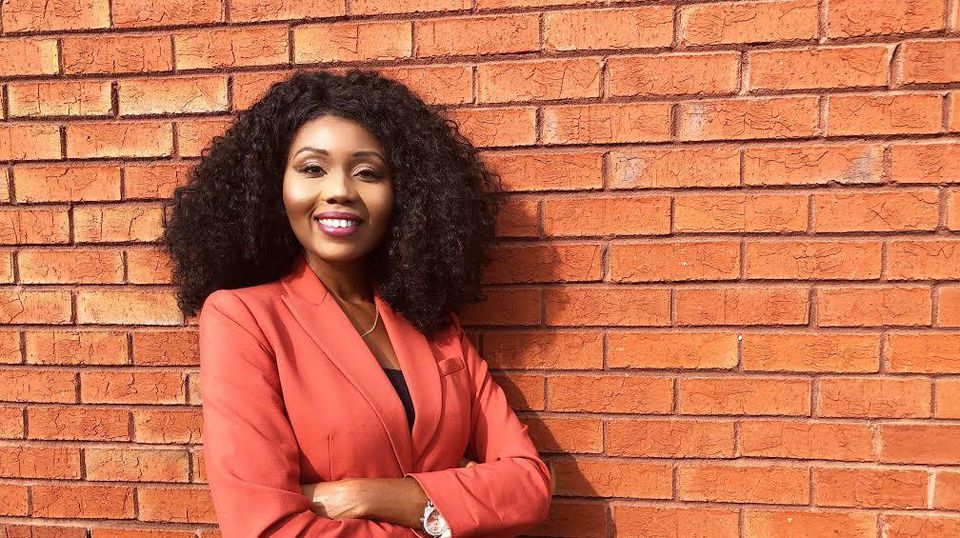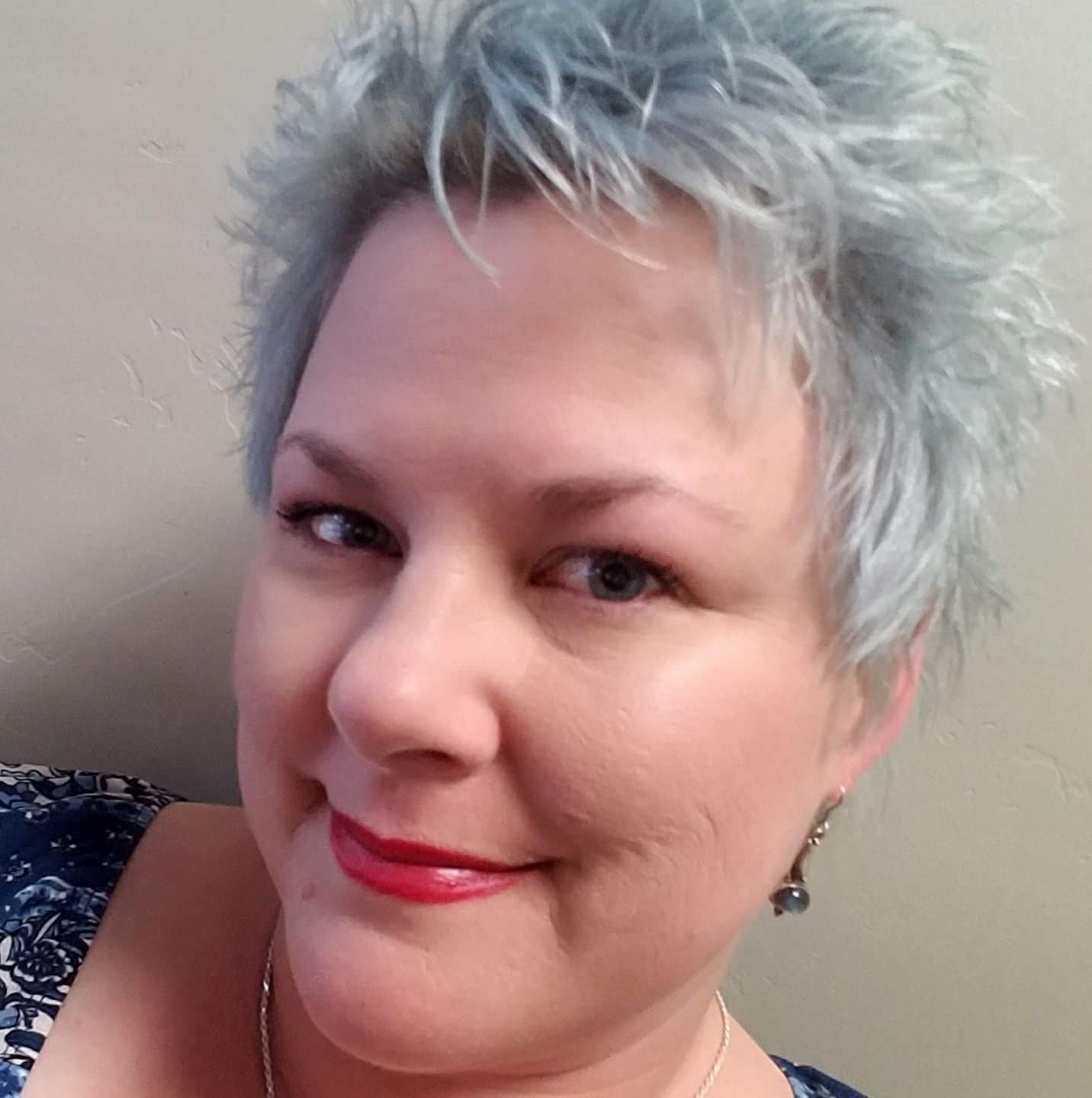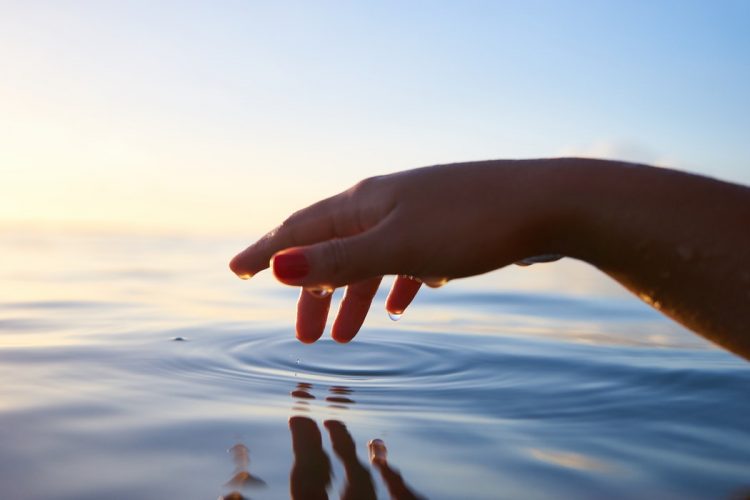“Fight for the things that you care about. But do it in a way that will lead others to join you.” – Ruth Bader Ginsburg
The women of water do not accept. They challenge.
There’s a toxic water problem plaguing our country. Who is going to fix it, and how?

“Another resident passed away from Legionnaires’ disease two days ago.” Candice Mushatt, Public Relations, Office of Mayor Karen Weaver, Flint, MI 2-27-19.
Doll Avant wants to help fix the water problem. A Harvard alum, she is the founder and CEO of Aquagenuity, a water data analytics firm that creates solutions to help consumers, corporations and smart cities better understand the impact of water and air quality on public health. Avant is now facing and taking on America’s water crisis. The AquaGenius™ app she created allows users to find up to date information on what’s in their water, how it affects them and the actions they could take. This is the world’s first app using big data and block-chain to help the public track and mitigate air and water pollution.
So does Elizabeth Brasfield, of Self Help Enterprises, Visalia CA. Self-Help is helping 85 small disadvantaged communities and schools in the Central Valley find permanent solutions to unsafe water.
As a writer researching clean water and humanitarian aid for my articles, I noticed that there was a lot of talk in the media about the problem, but not much about the solution.
What I found was:
There are a number of women who are not waiting for permission to fix the problem.
They’re searching for answers, finding solutions, and taking action.
They’re demanding clean, non-toxic water for everyone, everywhere, right now.
Unfortunately, the women told me that many solutions are not working, or they’re not long term solutions. They say we need new courses of action in this country.
In my research, I discovered two organizations with solutions for both the long and short term, and I will share them below.
These women are dedicated to making sure that everyone, especially children, have clean, safe water to drink. They want to educate people so they will know what’s in their water and help them learn how and where to get clean water.
The governor of California is concerned as well.
“We’re talking about being the fifth largest economy in the world. We’ve got this bravado, our ingenuity, our entrepreneurial spirit and we can’t even provide basic drinking water to a million plus Californians,”- Gavin Newsom.

Named ‘Woman of Water’ by Google, Avant says:
“Women are pre-dispositioned to see the impact this issue has on us, on the elderly, children, people they’re caregivers for, the women see it as it affects us. Where we live, cook, drink, what we bathe in.” Avant, Aquagenuity
With a team of 25 in Atlanta, Avant has created the largest water database in the world and is traveling the US to schools to bring awareness of what’s in our water.
Once you enter your zip code, the AquaGenius™ app, soon to be released, tells you what’s in the water in your area, what it means for your health, and recommendations for individuals, households, communities and cities to get clean water.
The main obstacle to improving water quality and policy change, according to Avant, is that people are not aware of what’s actually in their water. She is setting out to change that with Aquagenuity, the app that puts that knowledge right in your hands.
Most important in my findings is that once you’re aware of what’s in your water, you need a new source of water that’s not contaminated. FAST. Every drop of toxic water is damaging.
One of the solutions I discovered in my research at the CES Technology show in Las Vegas this past January was a company that’s a source of clean water, WatergenUSA. I drank from one of their atmospheric water generating units, the Genny, that was on display as an Award Winner of ‘The Best Innovative Technology for the World, 2019.’ This is a possible solution as it creates water from the air, is filtered, and there’s no need to worry about ground chemicals. All you need is a power source. No water bottles are needed, eliminating excessive plastic use.

Another change maker I spoke with is Elizabeth Brasfield, of Self Help Enterprises, Visalia, CA, who was featured in the article about the emergency water bill in Riverview Elementary School in Fresno, where the chemical known as 1,2,3 trichloropropane (TCP) was found in its water last year.
The article states that long-term exposure to TCP has been shown to cause cancer in animals, can affect body weight and kidney function, and it’s been detected before.
I asked Brasfield what her main concern is right now, and it was about finding a permanent solution.
“Bottled water is not a sustainable solution for any situation,” says Brasfield.
“There are so many cons when it comes to bottled water,” says Brasfield, Self Help Enterprises
Where does the water come from? In each area, the answer is different.
The cost of bottled water is very high.
How it’s stored, if it sits in the sun. The contaminants that could leach into the water over a period of time from the plastic, bottled water dispensaries not being properly sanitized, and more.
Brasfield spent time in Ecuador working with people at the international water conferences, touring state of the art water treatment plants. Coming back from that trip she decided to focus on water quality and water resource management right here in the US.
She works tirelessly with the public school system in disadvantaged communities, seeing poverty worse that Ecuador, right here in the US, right in California.
“People are suffering from dirty, contaminated water,” she says.
She is working at finding solutions to the water in public schools that are testing positive for harmful toxins. Replacing water bottles and filters are only a temporary fix with problems of plastic waste, and having to change, monitor and check filters constantly.
She makes sure that parents are educated in exactly what’s going on with the water their children are drinking, and is looking for long and short term solutions.
Long term solutions as listed by the organization Circleofblue, are here on my article about college campus students seeking clean water solutions. There are many great solutions, such as:
1. Educate to change consumption and lifestyles
2. Invent new water conservation technologies
3. Recycle wastewater
and there are many more, such as atmospheric water generators, creating water, not filtering water, so check out the college article here.
For immediate solutions, firstly, the kids could be given reusable water bottles., They could use atmospheric water generators like those used during the crisis of hurricanes in Texas and Florida, and in the wildfires of Paradise, CA and recently installed at a girls school in Sierra Leone, West Africa (check them out here on WatergenUSA’s website). That way there would be no drain on the water supply in the area. With these cost-efficient water generators available, there’s no reason children shouldn’t have clean water right away.
Each area has its own water problems and Flint, MI has its own drinking water crisis that unfortunately already damaged young children’s brains. Upon speaking with Candice Mushatt, public relations for the Office of Mayor Weaver, she informed me of the issue they have about replacing lead and galvanized steel pipes with copper piping in the homes of Flint residents.
While the government paid for the replacement of pipes outside the homes, as long as they continued to deny funding for in-home replacement, the lead problem won’t go away. Their source of water bottles they were receiving started drying up, leaving Flint once again in a struggle for clean water.
I discussed this with Brasfield, and she sent an idea for a possible solution based on her experience to pass along.
This is the women of water in action, all of us sharing solutions, ideas, what works, what doesn’t, and it’s going to be these women that take this problem and turn it around.
While studying women’s empowerment in New York City for four years at the School of Womanly Arts, and at The Academy, a school that teaches verbal power dynamics to women, I learned that when women stand up and use their voice, take charge and come together and for a common cause, they can inspire global change by having everyone around them want to help and be a part of the solution.
Using women’s empowerment hashtags will not solve the worldwide problems we’re all facing, like the toxic water crisis. Profiling the women that are out there on the front lines and rallying our support around them will create the change we need to see.
We found some solutions, we know the problems, and we need to fix it.
“Water is not a political issue, it’s a human issue,” says Doll Avant, and children are getting sick with long term health problems because its becoming a political issue, and solutions need to be shared and implemented, especially when it comes to the public schools and communities where they have bureaucracy surrounding replacing pipes, and getting donations for water bottles.
It is the women’s responsibility to make it a political issue, and they are taking it on. Mothers who care about their children need to understand how important this issue is as well. When we send our children to school we shouldn’t have to worry about their health.
No child should be coming home sick like in Flint, MI and Fresno, CA.
Any immediate solutions need to be explored, and that’s what I am doing with the women of water. There are more women working on this, such as the six young women in the Google Water Docuseries, and the researcher Rachel Blakeslee, as featured in the Seattle Times article about toxic water.
I’m counting on us women to rally support from everywhere, find and share solution ideas and continue to bring awareness to this water crisis.
We are all facing it. We all need water to live.
Follow my updates here, on the water crisis and solutions, as well as profiles of women changing the world.
“A community is judged by how it helps those that are less fortunate than they are.” Eli Wiesel, Nobel Prize Winner
Esther Litchfield-Fink, Writer, Women’s Empowerment, Marketing Strategist & Executive Coach


